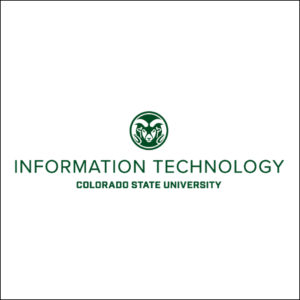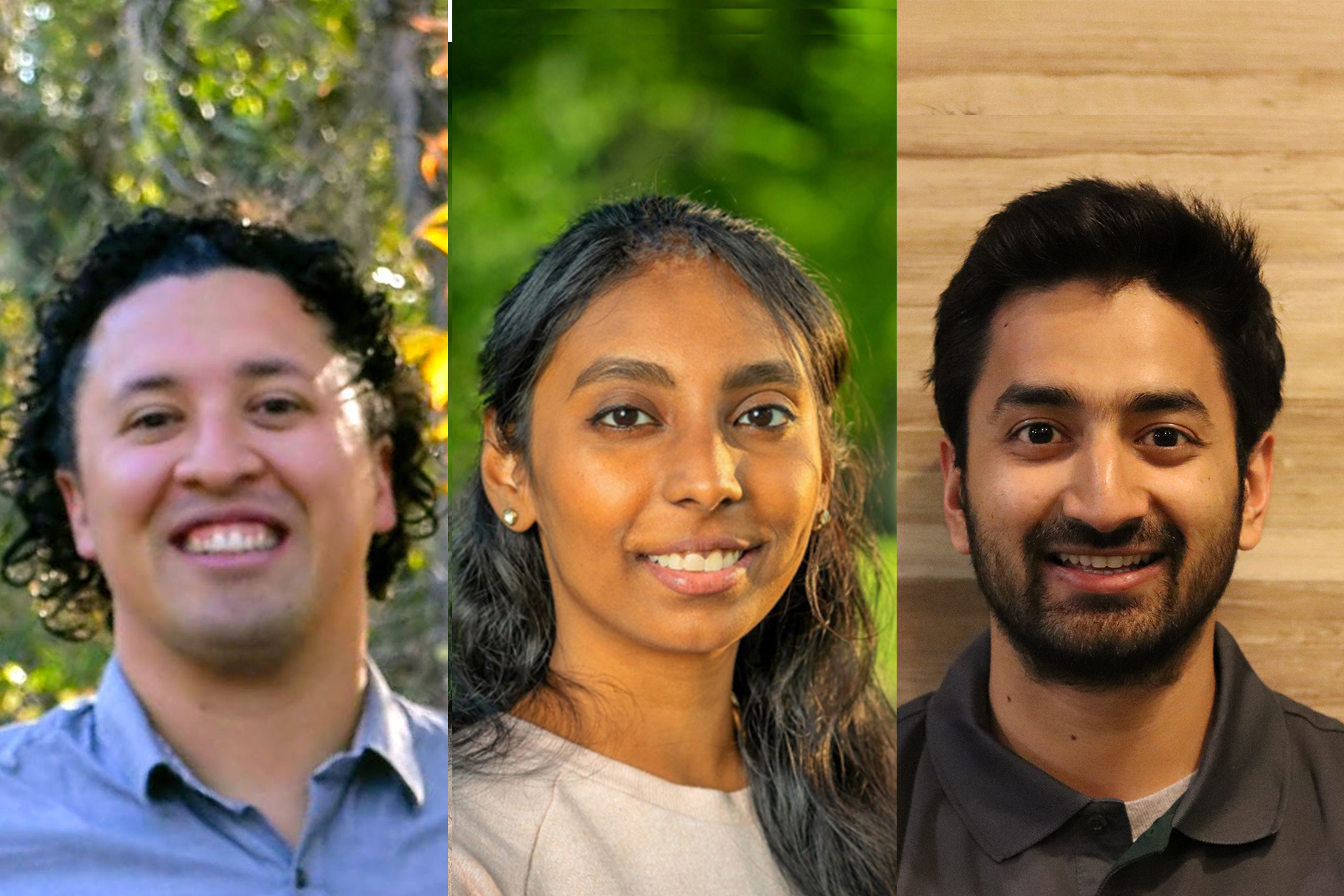 Colorado State University’s Division of Information Technology recently launched a new initiative spotlighting the high-performance computing resources available to researchers.
Colorado State University’s Division of Information Technology recently launched a new initiative spotlighting the high-performance computing resources available to researchers.
Research Computing and Cyberinfrastructure and its accompanying website aim to forge partnerships across campus to promote and build a culture of an engaged and knowledgeable cyberinfrastructure community.
Stephen Oglesby, cyberinfrastructure facilitator in the Division of IT, said that Research Computing and Cyberinfrastructure aims to work alongside the research community and college IT groups to develop shared practices and resources to further CSU’s mission.
Oglesby explained that Research Computing and Cyberinfrastructure was previously known informally as “Summit support” for the Summit High Performance Computer System — a joint activity of CSU and the University of Colorado Boulder. A name change was necessary to redefine the services being offered to researchers, he said.
“There are quite a few services that exist across CSU that pertain to research, and either you know about it, or you don’t,” Oglesby said. “We are redefining research IT at CSU beyond being Summit support.”
The new website plays a key role in highlighting the high-performance computing resources available to researchers, which involve computing, moving and storing data. The website also features links to trainings such as the popular Coding and Cookies seminar through CSU Libraries, which teaches the basics of the R statistical computing program.
High-performance computing at CSU
Oglesby explained that high-performance computing is used across research disciplines at CSU from weather modeling to finding a molecule for the perfect motor oil or even analyzing interstate traffic detours.
“When you’re looking to build these really detailed complex models, you need high-performance computing,” Oglesby said. “You need a lot of processing power, and you need a lot of memory.”
At its heart are the computing nodes: 485 nodes totaling over 11,280 cores of processing power. Oglesby likened it the computing power of more than 1,500 laptops.
REDEFINE process

The Research Computing And Cyberinfrastructure team (left to right): Cyberinfrastructure Facilitator Stephen Oglesby and Research Computing and Cyberinfrastructure (RC2) Advanced Technical Consultants Shweta Haran and Ninad Hogade.
Another key element of Research Computing and Cyberinfrastructure is the “REDEFINE” process in which CSU IT is currently soliciting feedback to better provide services to the research community.
Launched this year, REDEFINE was developed in response to the 2020 CSU Research IT Report, which provided information regarding the needs of researchers and their support staff at CSU. The report found that a transparent, feedback-driven process was needed for the formation of a diverse and inclusive Research Computing and Cyberinfrastructure program.
REDEFINE will help the next iteration of research computing and cyberinfrastructure services at CSU.
“The naming of what is currently ‘Research IT’ and was previously often called ‘Summit User support’ is an important step towards the establishment of this program,” Oglesby said.
Learn more
Explore the Research Computing and Cyberinfrastructure website by visiting it.colostate.edu/research-computing-and-cyberinfrastructure.